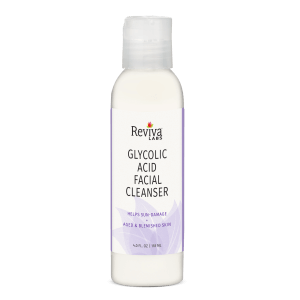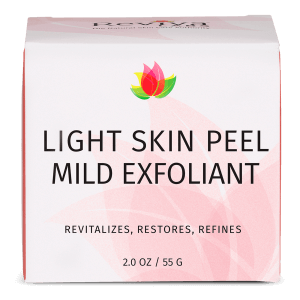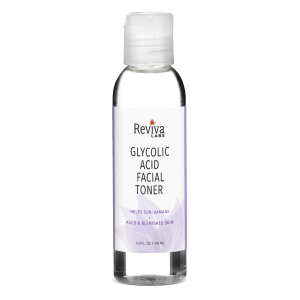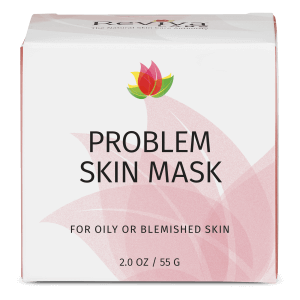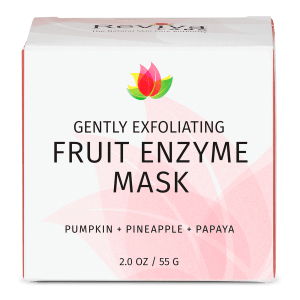Reviva Labs, Skin Care, Webinars
The Minutiae of Milia – Talking Skincare, August 2023, by Reviva Labs
Webinar by Reviva Labs recorded August 24, 2023 - Milia, milk spots, or by any name the small white bumps (e.g., cysts) are troublesome and often require extraction. Milia can be frustrating and concerning when they interrupt your otherwise spotless complexion. In this session of Talking Skincare we discuss how to prevent milia and how to treat the ones you have without a trip to the aesthetician.

Hi, I’m Nancy, your Talking Skincare host for The Minutiae of Milia.
What are Milia?
Milia are small, white bumps or cysts that are often found in groups or clusters on the face or body. Milia are typically categorized as either primary or secondary.
Primary milia are caused by an overgrowth of skin protein cells called keratin that become trapped under the skin.
Secondary milia develop as a result of damage to the skin caused by a burn, blister, prolonged exposure to UV light or continued use of topical steroid creams. Using skincare products that contain liquid paraffin or petroleum jelly can also cause secondary milia by trapping keratin in pores.
What are the symptoms of Milia
Milia are usually painless, don’t itch, and don’t cause any other discomfort. They can vary in size and are often uniform in appearance. They appear on the face, scalp, upper torso, or many other parts of the body. In infants, milia commonly appear on the nose, while in older children and adults, they’re frequently found around the eyelids, forehead, and cheek area.
How should you treat Milia
In many cases, milia will resolve on their own without any treatment. However, if you find their appearance bothersome and want to take matters into your own hands, there are several home remedies that may help:
1. Use a cleanser with mild exfoliating ingredients like glycolic or salicylic acid for deep cleansing and to promote cell turnover.
2. Use steam to open the pores either in a hot shower or with a facial steamer to help facilitate the natural shedding of dead skin cells.
3. Exfoliate the skin regularly to remove dead skin cells and unclog the pores with a physical exfoliator or with a deep cleansing mask formulated with clay or fruit enzymes. But be careful not to over-exfoliate, as this can lead to irritation and redness.
4. Use topical retinoids. While they’re primarily used for the treatment of acne and other skin conditions, they may also be effective in reducing milia.
5. Protect the skin from the sun by using a daily sunscreen, especially on areas prone to milia formation.
If milia persist or if you prefer a more aggressive approach, there are various medical treatments available that are performed by dermatologists or other qualified healthcare providers. These procedures include the manual extraction of milia, freezing the bumps off with liquid nitrogen or lasering the milia. These treatments can cause temporary swelling, which usually resolves within a few days.
The bottom line is that while you may not like them, milia are harmless and generally resolve on their own. The best way to help avoid developing milia is to take preventive measures. Adopt a good skin care regime and remember to use sun protection – every day!
Thank you for tuning into Talking Skincare with Reviva Labs. If you want to learn more, join us at 3pm Eastern Time via Instagram LIVE.
And remember, you can always schedule a free 15 minute virtual skincare consultation by visiting our website revivalabs.com. And, don’t forget to sign up for future Talking Skincare webinars.
Take care and see you next time!







